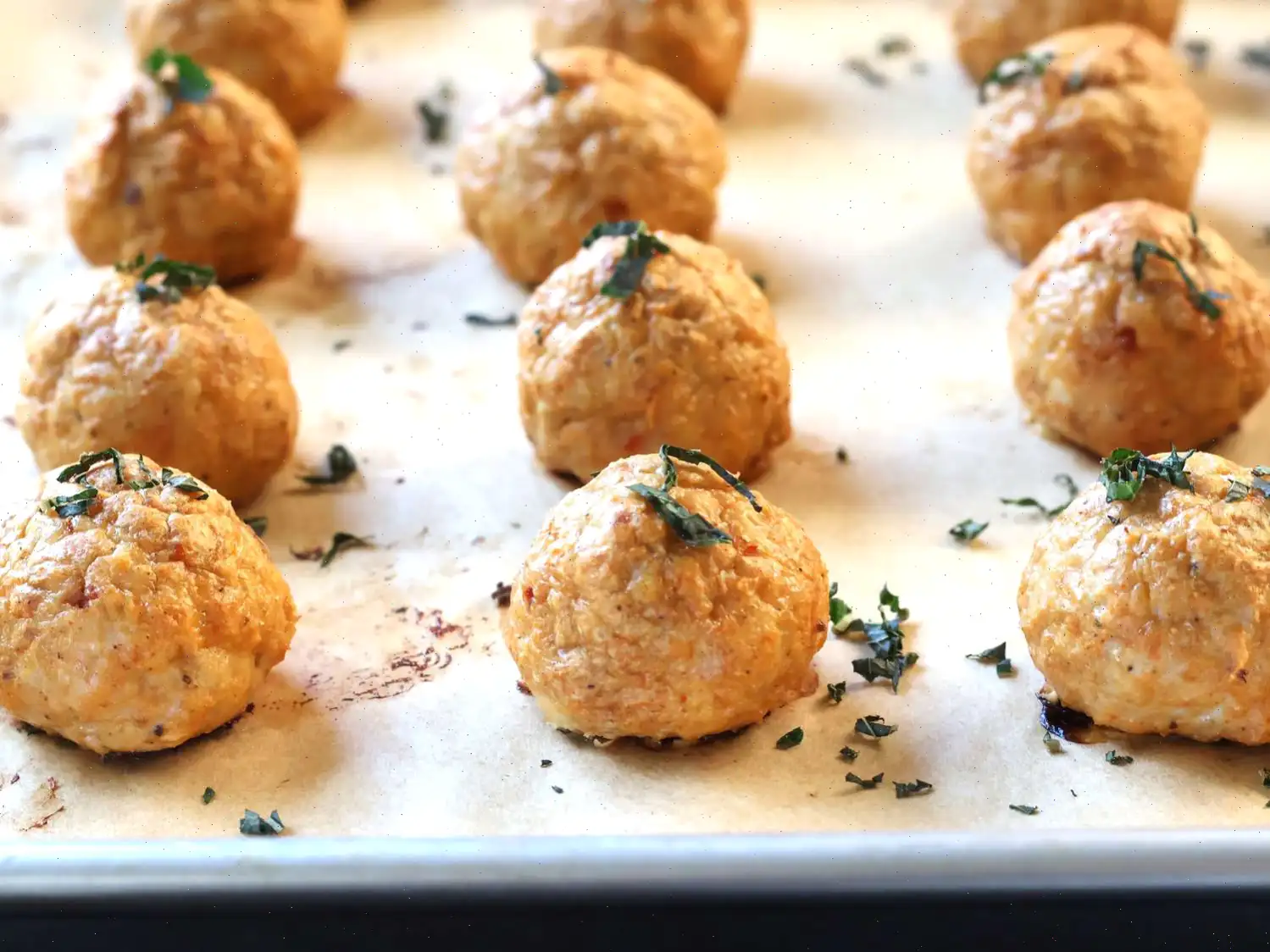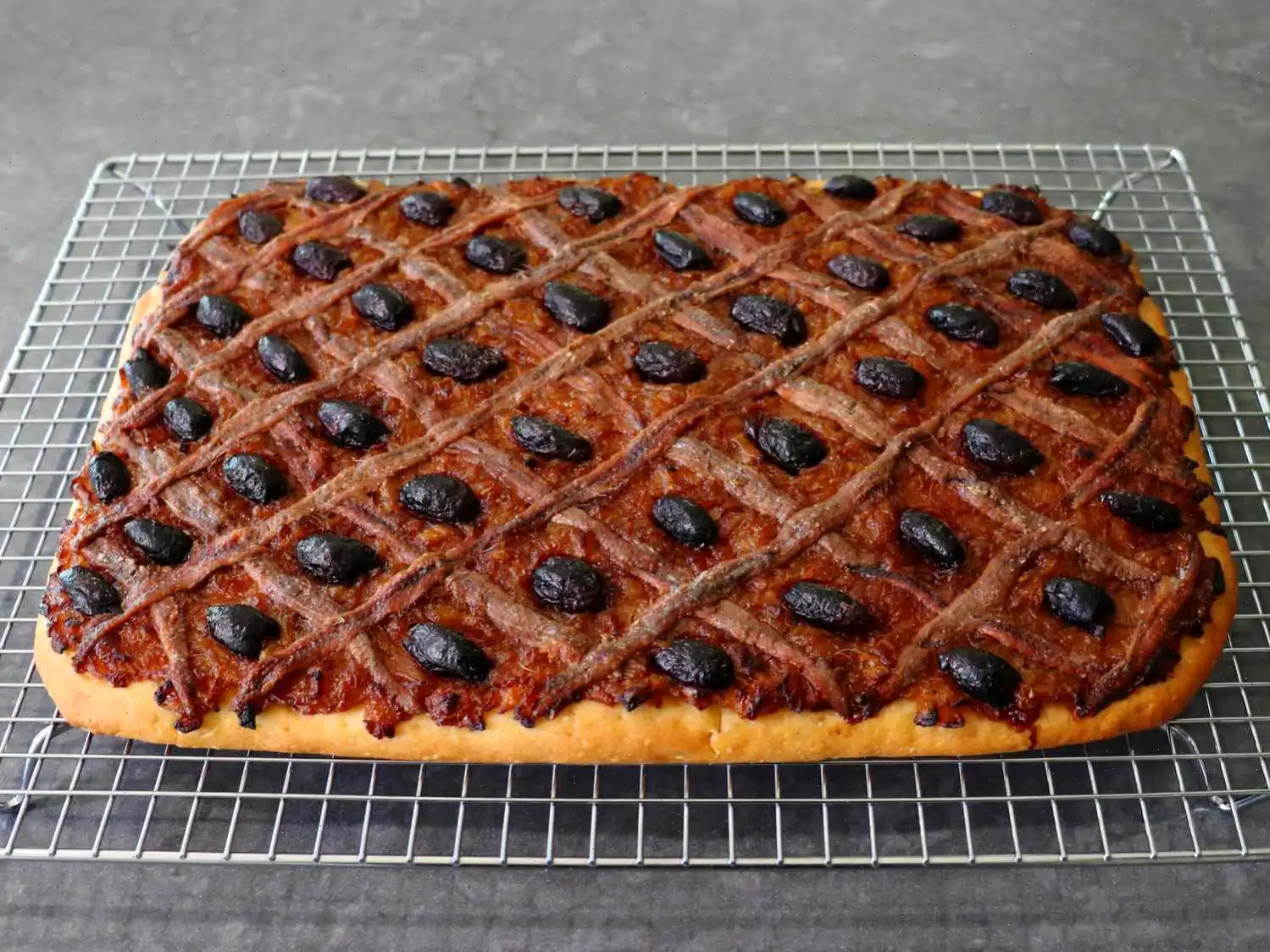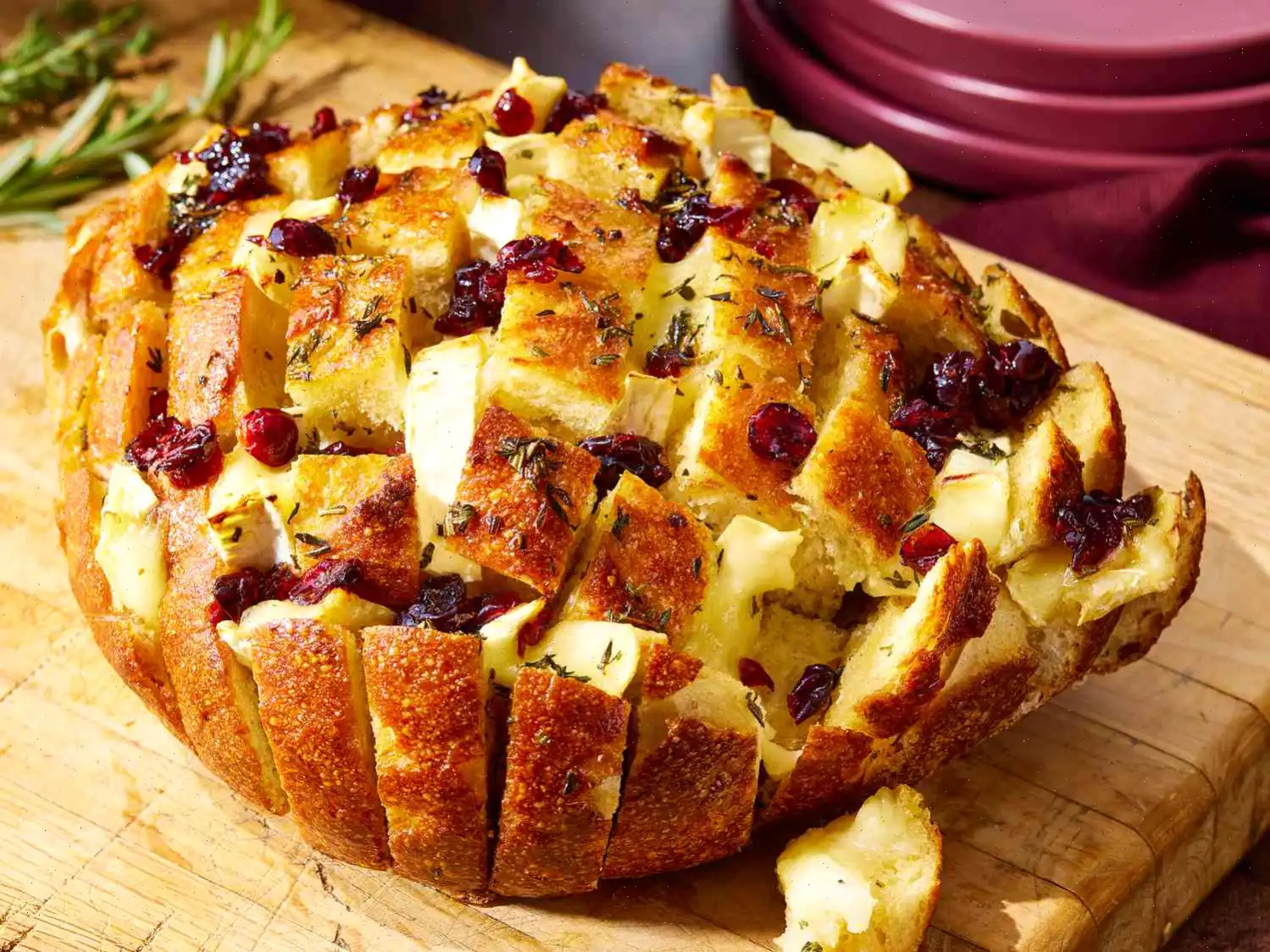
Harissa Chicken Meatballs Recipe
Ingredients
- 1 pound ground chicken
- 1/3 cup breadcrumbs
- 1 large egg, beaten
- 2 tablespoons harissa paste
- 3/4 teaspoon garlic powder
- 3/4 teaspoon salt
- 1/2 teaspoon ground cumin
- 1/2 teaspoon smoked paprika
- 1/4 teaspoon freshly ground black pepper
- 2 tablespoons minced fresh mint (optional)
Directions
Step 1: Preheat the oven to 400F (200C). Line a baking sheet with parchment paper.
Step 2: In a large bowl, combine the ground chicken, breadcrumbs, egg, harissa paste, garlic powder, salt, cumin, smoked paprika, and black pepper. Mix gently with a fork or damp hands until fully combined.
Step 3: Shape the mixture into approximately 24 meatballs and place them on the prepared baking sheet.
Step 4: Bake in the preheated oven for 15 to 20 minutes or until the meatballs are cooked through and lightly browned.
Step 5: If desired, sprinkle the meatballs with minced mint for added flavor.
Step 6: Serve the meatballs hot with your favorite side dish or dipping sauce.
Nutrition Facts (per serving)
- Calories: 295
- Fat: 16g (20% Daily Value)
- Saturated Fat: 4g (21% Daily Value)
- Cholesterol: 168mg (56% Daily Value)
- Sodium: 679mg (30% Daily Value)
- Total Carbohydrate: 9g (3% Daily Value)
- Dietary Fiber: 1g (5% Daily Value)
- Total Sugars: 1g
- Protein: 30g (60% Daily Value)
- Vitamin C: 1mg (1% Daily Value)
- Calcium: 42mg (3% Daily Value)
- Iron: 2mg (13% Daily Value)
- Potassium: 896mg (19% Daily Value)
* Percent Daily Values are based on a 2,000 calorie diet. Your daily values may be higher or lower depending on your calorie needs.
The Story Behind Harissa Chicken Meatballs
Harissa chicken meatballs combine the comforting familiarity of meatballs with the fiery, aromatic punch of North African cuisine. Harissa, a chili paste originating in Tunisia, has been a culinary staple for centuries. Traditionally made with roasted red peppers, garlic, coriander, caraway, and chili, it became popular throughout the Maghreb region and eventually reached Middle Eastern kitchens. Integrating harissa into meatballs is a modern twist that adds depth and heat, while still honoring the dishs roots in North African flavors.
Regional Variations and Characteristics
In North Africa, harissa is used in a wide range of dishes, from stews and grilled meats to couscous and vegetable dishes. The Tunisian version tends to be spicier and more robust, while Moroccan harissa often incorporates smoked paprika and a hint of sweetness. When applied to chicken meatballs, these regional variations influence the final taste significantly: Tunisian-style meatballs are fiery and intense, whereas Moroccan-style ones are slightly milder with a richer, smoky undertone.
Distinguishing Features from Similar Dishes
While many cuisines feature meatballs, harissa chicken meatballs stand out due to the distinctive blend of spices. Unlike Italian meatballs, which emphasize herbs like oregano and parmesan, or Swedish meatballs, which are creamy and mild, these meatballs are characterized by their smoky, spicy flavor profile. The use of ground chicken also makes them lighter and more delicate compared to beef or lamb versions, while the harissa provides a complexity not commonly found in standard meatball recipes.
Common Serving Practices
Harissa chicken meatballs are versatile and can be served as appetizers, main courses, or part of a grain bowl. They are often paired with a cooling yogurt or tahini-based dipping sauce to balance the heat. In casual dining, they may be presented on skewers or alongside roasted vegetables and couscous. In Middle Eastern or North African restaurants, they frequently appear as mezze, alongside other small plates designed for sharing.
Interesting Facts
- Harissa was historically used not only for flavor but also for preservation, as the chili paste helped protect foods in hot climates.
- The combination of harissa and chicken is a modern adaptation; traditionally, harissa was more commonly paired with lamb or beef.
- Mint is sometimes added to these meatballs, as in this recipe, to provide a refreshing contrast to the intense spice.
- Harissas flavor can vary widely, meaning two cooks using the same recipe can end up with slightly different levels of heat and smokiness.
- These meatballs reflect a global trend of fusing traditional spices with familiar Western formats, making them appealing in both casual and gourmet settings.
Harissa chicken meatballs are not just a dishthey are a flavorful bridge between cultures, combining the ancient culinary traditions of North Africa with the universal appeal of a simple, comforting meatball.








